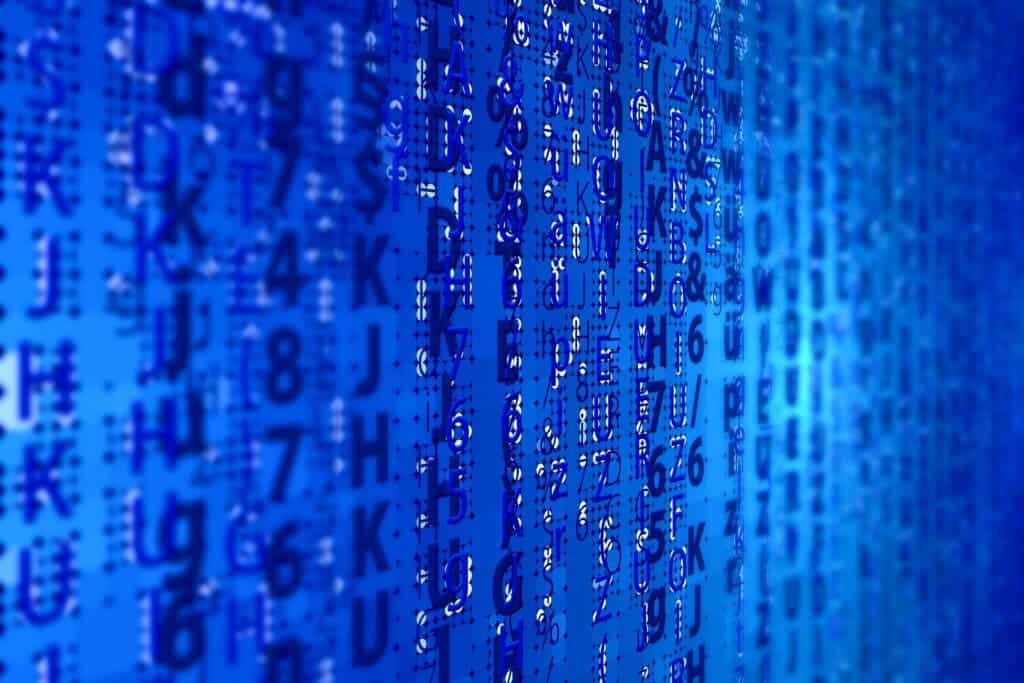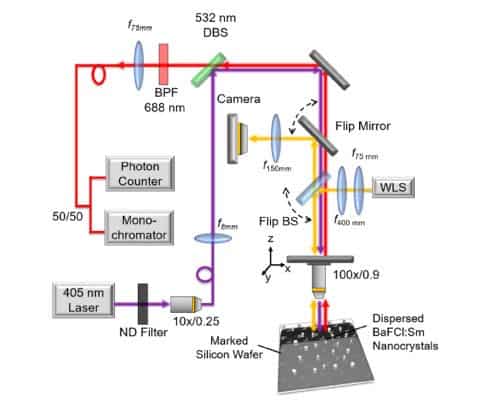Researchers in Australia have combined tiny crystals of salt, which are hundreds of times smaller than what we can see with the naked eye, with light from a laser into a new and energy-efficient data storage medium.
The team of researchers from the University of South Australia and the University of Adelaide leveraged the light-emitting properties of certain nanocrystals such as alkaline earth halide BaFCl:Sm. By shining light onto the nanoparticles in various patterns it is possible to switch individual particles on and off, thereby conveying digital information (“1” or “0”).

What sets this sort of data storage apart from traditional mediums like magnetic hard drive disks and solid-state drives is that several bits can be stored simultaneously. And, unlike most other optical data storage drives, this data is rewritable.
Storing several bits on a single crystal is not only more efficient but also allows for higher storage densities. That’s something that’s desperately needed considering our exponential adoption of social media, cloud computing, and smartphones. Hard drives and solid state drives are rapidly approaching their limits, so we need to find heftier data storage methods.
“We have entered an age where new technologies are required to meet the demands of 100s of terabytes (1000 gigabytes) or even petabytes (one million gigabytes) storage. One of the most promising techniques of achieving this is optical data storage,” says project leader Dr. Nick Riesen, a Research Fellow at the University of South Australia.
“The low energy requirement also makes this system ideal for optical data storage on integrated electronic circuits,” added Professor Hans Riesen from the University of New South Wales.

Whilst this paper has investigated optical data storage in nanocrystals of several hundred nanometers in size, Riesen and colleagues claim they should be able to work with even smaller nanocrystals down to 30 nanometers, which would drastically improve the storage density.
“We think it’s possible to extend this data storage platform to 3D technologies in which the nanocrystals would be embedded into a glass or polymer, making use of the glass-processing capabilities we have at IPAS,” says Professor Heike Ebendorff-Heidepriem of the University of Adelaide. “This project shows the far-reaching applications that can be achieved through transdisciplinary research into new materials.”
According to the researchers, this kind of optical data storage could allow data storage at the petabyte level in small data cubes. The human brain is estimated to be capable of storing about 2.5 petabytes of data.
Other alternative data storage mediums that scientists are currently exploring include small quartz discs that can store up to 360 terabytes of data virtually forever and even inside DNA.
The findings appeared in the journal Optics Express.









